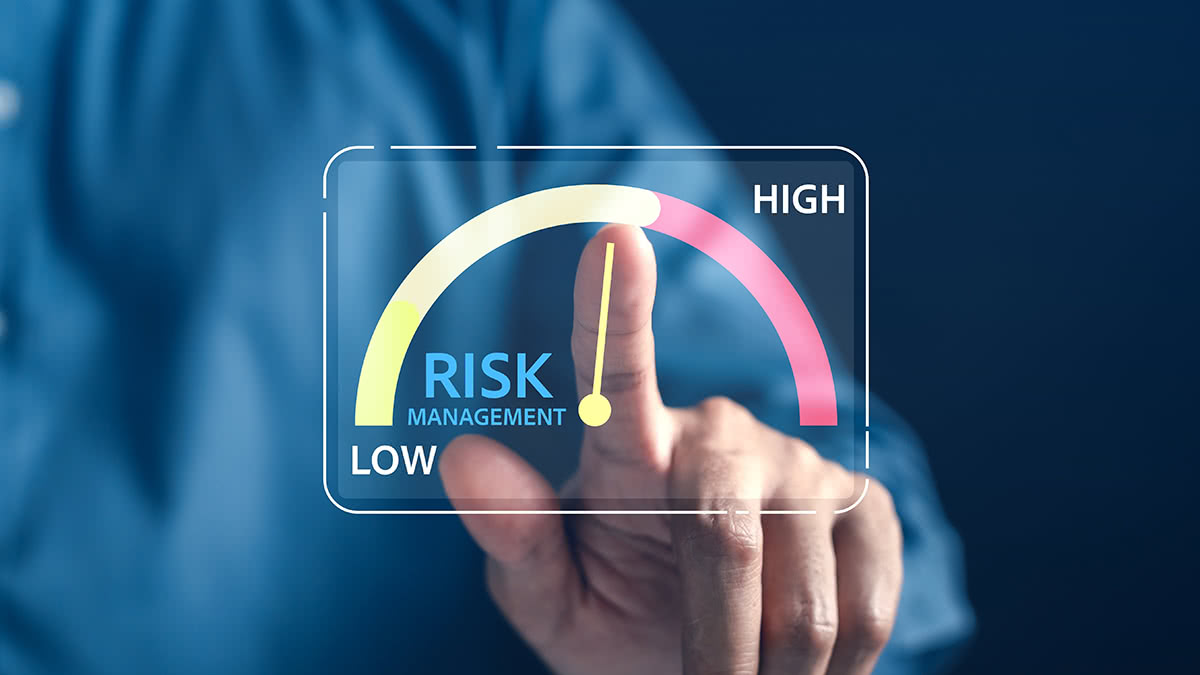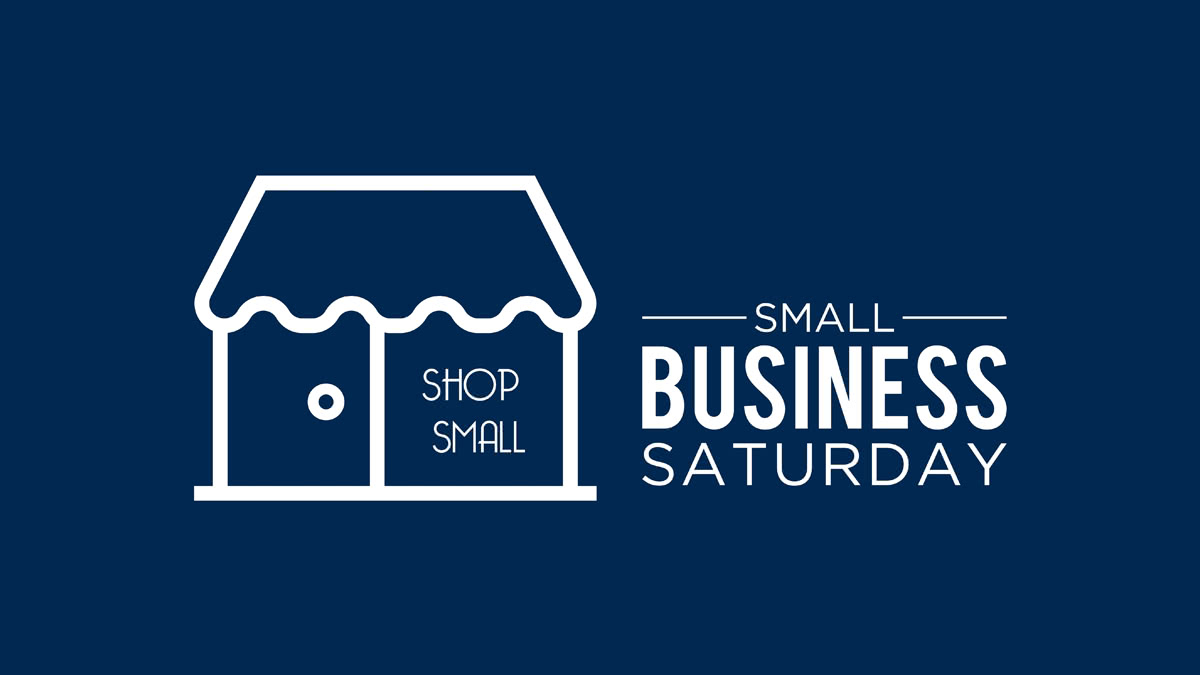10 Cost-Effective and Inexpensive Marketing Ideas for Your Small Business in 2025

Marketing often feels like something reserved for companies with big budgets and full teams — but that's not the full story. In 2025, small businesses have more tools than ever to market themselves in creative, budget-friendly ways. The key isn't spending more, it's making smarter choices with the resources you have.
Whether you're launching a new venture or looking to do more with less, here are 10 cost effective and inexpensive marketing ideas to help your business grow without breaking the bank.
1. Know Your Audience Inside and Out
Before you spend a single dollar on marketing, take time to understand who you're trying to reach. This includes knowing their age, habits, location, interests, pain points, and the kinds of content or platforms they engage with. The more targeted your messaging is, the more effective your efforts will be.
Free tools like Google Trends can help you identify what your audience is searching for, while Meta Audience Insights offers deep demographic data. Even simple customer surveys or quick interviews can uncover valuable information about who your customers are and what they want. This foundational step will guide every decision you make from here on out.
2. Build Trust Through Content Marketing
Content marketing remains one of the most powerful and affordable strategies available to small businesses. Instead of paying to interrupt people, you create content they actually want, helping them solve problems, learn something new, or feel more connected to your brand.
Blog posts answering common questions, short videos that explain your product or service, infographics, downloadable guides, or even a simple podcast can position your business as a go-to resource. AI tools like ChatGPT can help you brainstorm topics, while Canva's content planner can help schedule it all. Just be sure to keep your tone human and helpful.
A well-placed call to action, like inviting readers to subscribe, schedule a consultation, or download a free resource, turns passive visitors into engaged leads.
3. Focus on the Right Social Platforms
You don't need to be everywhere on social media to be effective. Choose one or two platforms based on where your customers spend time and what kind of business you run.
A local service provider might find success on Facebook and Instagram, while a B2B consultant may thrive on LinkedIn and YouTube. Visual brands should consider Pinterest or TikTok. Whatever you choose, consistency is key, regularly share behind-the-scenes moments, testimonials, product highlights, and educational content.
Even a small daily budget of $10 to $25 can give your best-performing post a boost and extend your reach to new customers. For social trends and how-tos, Social Media Examiner is a solid resource.
4. Use Email to Stay Top of Mind
Despite all the buzz around social media, email remains one of the most cost-effective and high-return channels for small businesses. It's a direct line to your audience, and when used well, it builds loyalty and drives repeat sales.
You can start with beginner-friendly platforms like Mailchimp or Brevo to send newsletters, promotions, tips, or customer stories. The most important thing is to provide value — not just sales pitches. Segmenting your list based on interest or behavior makes your emails even more effective by ensuring people receive content that actually matters to them.
You can build your list via your website, online checkouts, in-store promotions, or events. For a helpful primer, HubSpot's guide to email marketing is worth reviewing.
5. Collaborate with Influencers or Local Partners
Influencer marketing doesn't require a celebrity. Micro-influencers, those with between 1,000 and 10,000 followers, can offer a more authentic and affordable way to connect with your audience. The key is finding someone with real engagement and a following that overlaps with your own.
You can also collaborate with nearby businesses that serve similar customers. Think about co-hosted events, shared blog posts, joint giveaways, or bundled services. These kinds of collaborations boost exposure, add credibility, and often cost little to nothing.
6. Improve Your SEO to Get Found Online
Search Engine Optimization (SEO) might sound intimidating, but at its core, it's simply making your website easier for people to find via search engines.
Start by ensuring your site is mobile-friendly, loads quickly, and includes relevant keywords in titles, descriptions, and blog content. Writing content around common customer questions or local keywords, like “custom cakes in Austin” or “tax prep services for freelancers”, can drive organic traffic.
Claiming your Google Business Profile and updating it regularly also helps improve local visibility. Free tools like Moz can help with keyword research and tracking.
7. Show Up in Your Community
Digital marketing is powerful, but don't overlook real-world visibility. Hosting or sponsoring local events can build brand awareness and deepen community ties.
This might mean offering a free workshop in your store, co-hosting a fundraiser with a nonprofit, sponsoring a local sports team, or participating in a community fair. Bring business cards, samples, signage, and a way to capture email addresses so you can continue the relationship after the event.
When people meet you in person, trust builds faster and that's the kind of brand loyalty you can't buy with ads.
8. Let Your Customers Do the Talking
Nothing builds credibility like a happy customer sharing their experience. User-generated content (UGC), photos, reviews, testimonials, or videos created by your audience, adds authenticity and social proof.
Encourage customers to tag your business when they post and consider using a branded hashtag so you can easily find and share their content. You can even run a photo contest or feature customer stories in your emails or social posts. It's a low-cost way to build trust and fill your content calendar with real-life proof that your product or service delivers.
9. Maximize Your Local Search Presence
Want to show up when someone searches “best [your service] near me”? Optimizing your Google Business Profile is essential.
Make sure your profile includes accurate hours, location, contact info, and high-quality photos. Post occasional updates, answer questions, and encourage satisfied customers to leave reviews. Google prioritizes businesses with active, verified profiles, so staying current can have a real impact on local visibility.
10. Track What's Working—and Pivot Quickly
Even low-budget marketing needs a system. Set specific goals, like increasing website traffic, growing your email list, or converting leads and monitor how each tactic performs.
Use Google Analytics to review website traffic, Meta Business Suite to monitor ad performance, and your email platform's built-in dashboard to see how subscribers engage.
The most effective small business marketers aren't perfect, they're adaptive. Lean into what's delivering results and don't be afraid to cut what isn't. With regular reviews, even a modest marketing plan can create big wins.
Final Thoughts: Smart Marketing Wins in 2025
You don't need a massive budget to build your brand, attract customers, and grow in 2025. With a mix of creativity, consistency, and data-driven decision-making, these cost-effective and inexpensive marketing ideas can help you make a real impact.
Focus on the strategies that align with your goals and your audience. Test, learn, and optimize over time. And most importantly—keep showing up.
At Fora Financial, we support small business owners like you who are ready to grow smart. Whether you need extra capital for a marketing campaign, new tech tools, or team expansion, our flexible financing options are designed to meet your needs.
Since 2008, Fora Financial has distributed $4 billion to 55,000 businesses. Click here or call (877) 419-3568 for more information on how Fora Financial's working capital solutions can help your business thrive.







